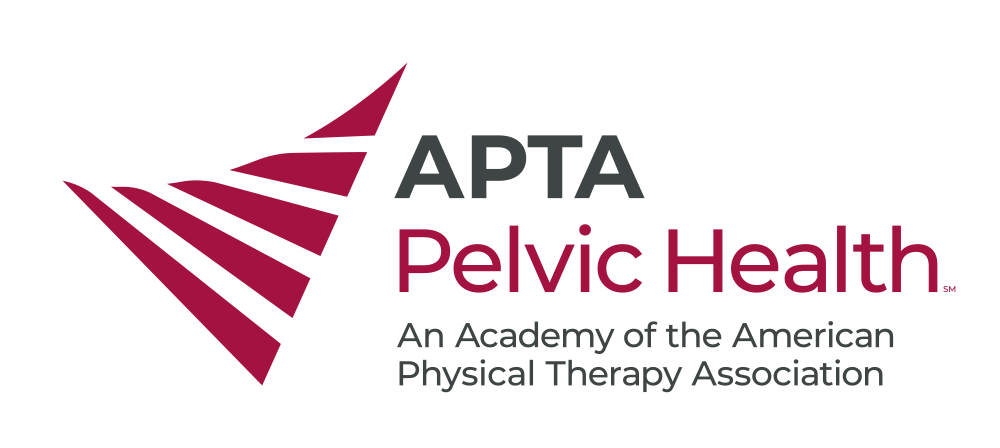The Vital Role of Physical Therapists and Physical Therapist Assistants

What is a Physical Therapist (PT)?
Physical therapists are movement experts who help to optimize people’s physical function, movement, performance, health, quality of life, and well-being. Physical therapists evaluate, diagnose, and manage movement conditions for individuals, and they also provide contributions to public health services aimed at improving population health and the human experience.
What is a Physical Therapist Assistant (PTA)?
Physical therapist assistants are educated and licensed or certified clinicians who provide care under the direction and supervision of a licensed physical therapist. PTs and PTAs care for people of all ages and abilities.
What do Physical Therapists and Physical Therapist Assistants do?
After performing an evaluation and making a diagnosis, physical therapists create and implement personalized plans based on best available evidence to help their patients improve mobility, manage pain and other chronic conditions, recover from injury, and prevent future injury and chronic disease. Physical therapists provide a broad range of services to optimize movement, including screening, examination, evaluation, diagnosis, prognosis, intervention, coordination of care, prevention, wellness and fitness, and, when indicated, referral to other providers PTs and PTAs empower people to be active participants in their care and well-being. They practice collaboratively with other health professionals to ensure the best clinical outcomes. Many specialize in a variety of sub-specialties within physical therapy such as pelvic health, geriatrics, pediatrics, acute care, oncology, and others.
What do pelvic health physical therapists do?
Pelvic health physical therapists, also known as pelvic floor physical therapists or pelvic physiotherapists internationally, specialize in addressing a wide range of pelvic and abdominal health conditions. These conditions include but are not limited to chronic pelvic pain, urinary and bowel incontinence, sexual dysfunction, pregnancy and postpartum conditions, diastasis recti, pelvic organ prolapse, concerns related to menopause, and the post-abdominal or pelvic surgery recovery phase. Explore the different ways pelvic and abdominal health physical therapy can help patients.
Where do Physical Therapists and Physical Therapist Assistants practice?
PTs and PTAs provide services to people in a variety of settings, including outpatient clinics or offices; hospitals; inpatient rehabilitation facilities; skilled nursing, extended care, or subacute facilities; education or research centers; schools; community centers; hospices; industrial, workplace, or other occupational environments; and fitness centers and sports training facilities. Find Physical Therapists that specialize in pelvic and abdominal health physical therapy using our PT Locator tool.
Education and Licensure
As of 2016, all PTs must receive a doctor of physical therapy degree from an accredited physical therapist education program before taking and passing a national licensure exam that permits them to practice. Licensure is required in each state (or other jurisdiction, including the District of Columbia, Puerto Rico, and the U.S. Virgin Islands) in which a PT practices. PTAs must complete a two-year associate’s degree from an accredited physical therapist assistant program and pass a national exam. State licensure or certification is required in each state (or jurisdiction) in which a PTA works.
ABOUT
American Physical Therapy Association (APTA)
This article was derived from a resource produced by the American Physical Therapy Association (APTA). Additional information was added for this blog to further expand on specialized care PTs and PTAs offer in pelvic and abdominal health. APTA is a national organization representing more than 100,000 physical therapists, physical therapist assistants, and students nationwide. Our mission is to build a community that advances the profession of physical therapy to improve the health of society.
Academy of Pelvic Health Physical Therapy (APTA Pelvic Health)
The Academy of Pelvic Health Physical Therapy is one of 18 component organizations under the American Physical Therapy Association. The Academy (formerly Section on Women’s Health and formerly Section on Obstetrics and Gynecology) is a 501 (c) (6) non-profit professional membership association of more than 3,900 physical therapists (PTs), physical therapist assistants (PTAs), and student physical therapists (SPTs). The Academy offers continuing education courses with hands-on lab training, recognized certification programs, access to the Journal of Women's and Pelvic Health Physical Therapy (JWPHPT), Clinical Practice Guidelines, PT Locator, research grants, scholarships, networking opportunities, and a plethora of other resources for members and patients.
Thank You to Our 2023 Fall Symposium Sponsor, Current Medical Technologies!



